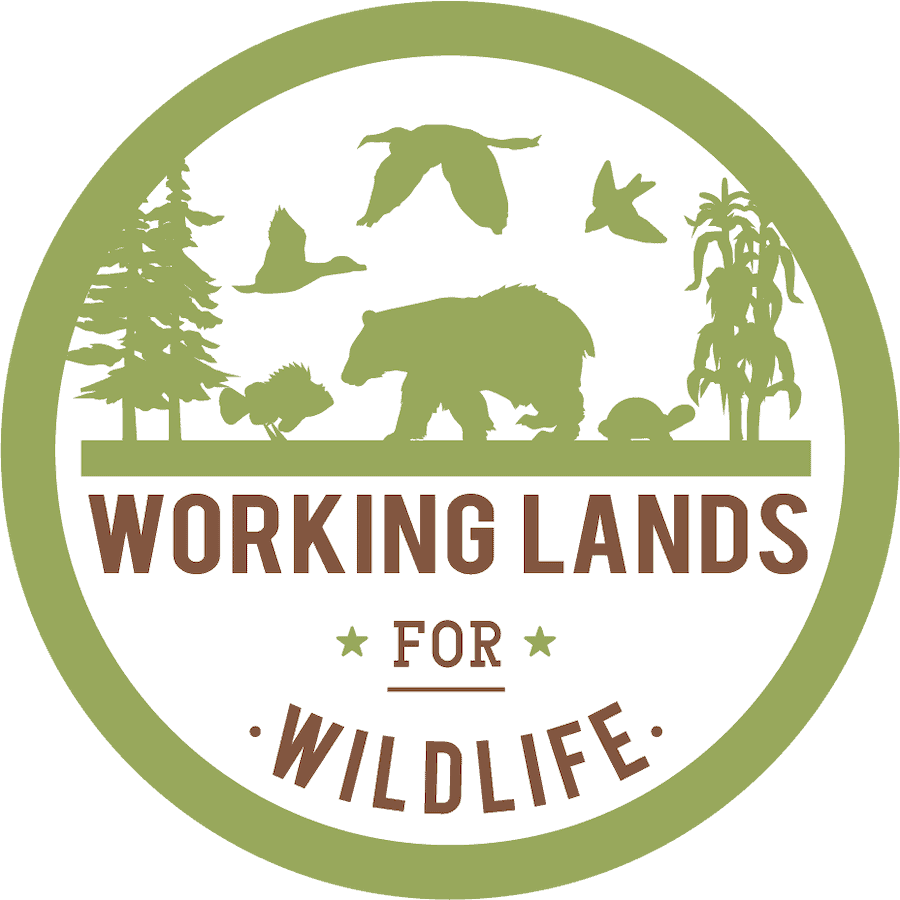-
American Fisheries Society Newsletter May 2023
-
AFS News: Election Results, Walleye Recruitment Model, Cisco Morphometrics
Located in
News & Announcements
/
WLFW Newsletters
/
American Fisheries Society Newsletter
-
To Restore Hellbender Habitat, a Biologist Visits the Farmers' Market
-
When working to restore wildlife habitat on agricultural lands, outreach to producers can be challenging. Private Lands Biologist Mike Knoerr figured out a way to make it much more efficient.
Located in
News & Events
-
Celebrating Bog Turtles During Wild Turtle Week
-
Wild Turtle Week gives us an opportunity to bring extra attention to turtles and our conservation efforts on their behalf.
Located in
News & Webinars
/
Bog Turtle News
-
 WLFW Pollinator Conservation Webinar Series: Session #2 Who are the Southeast Region’s Pollinators?
WLFW Pollinator Conservation Webinar Series: Session #2 Who are the Southeast Region’s Pollinators?
-
Session 2 of WLFW Pollinator Conservation Webinar series, presented by Celia Vuocolo, WLFW Pollinator Coordinator-East with Quail Forever & USDA-NRCS.
In the second session of the series, topics covered include an overview of pollinator communities in the Southeast, six native been families in the US, other major pollinator groups and some fundamental planning considerations and recommendations.
Located in
Training Resources
/
Webinars and Instructional Videos
/
WLFW Pollinator Conservation Webinar Series
-
Analysis: Why protecting very large swaths of land matters for wildlife conservation
-
Although bison are the U.S. national mammal, they exist in small and fragmented populations across the West. The federal government is working to restore healthy wild bison populations, relying heavily on sovereign tribal lands to house them.
Located in
News & Announcements
/
WLFW News Inbox
-
Growing-Season Prescribed Fires and Ground-Nesting Birds: Answers for Longleaf Restoration
-
This presentation will look at the science behind the use of fire during the "lightning season" (the months of April – July) and its effects on ground-nesting birds such as quail and Bachman’s sparrow.
Located in
Learning & Tech Transfer
/
Training Resources
/
Inbox
-
 WLFW Pollinator Conservation Webinar Series: Session #1 Pollination Biology
WLFW Pollinator Conservation Webinar Series: Session #1 Pollination Biology
-
Session 1 of WLFW Pollinator Conservation Webinar series, presented by Celia Vuocolo, WLFW Pollinator Coordinator-East with Quail Forever & USDA-NRCS.
In this first session of the series, topics covered include threats to pollinators, plant pollination strategies, pollinator foraging behaviors, and a quick overview of bees of conservation concern.
Located in
Training Resources
/
Webinars and Instructional Videos
/
WLFW Pollinator Conservation Webinar Series
-
Podcast: Native Warm Season Grass Episode 8 – Dr. Pat Keyser
-
Dr. Pat Keyser, Director of the Center for Native Grasslands Management shares his 40+ year knowledge about establishing native warm-season forages.
Located in
Training Resources
-
Podcast: Native Warm Season Grass Episode 7 – Steve Clubine
-
Steve Clubine, producer from West-central Missouri and retired grassland biologist discusses starting out with a grazing system and animal performance.
Located in
Training Resources
-
Are Hellbenders Found Downstream of the Ohio Train Derailment Really a Sign That the Water is Safe?
-
Ohio authorities have called the recent capture and release of two hellbenders downstream from the site of a train derailment and toxic chemical spill a 'positive discovery,' because hellbenders are an indicator of a healthy aquatic ecosystem, but the reality is more complicated.
Located in
News & Events























